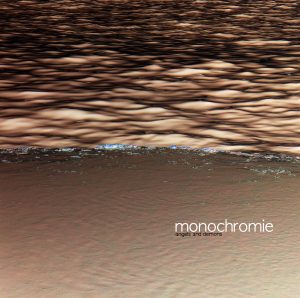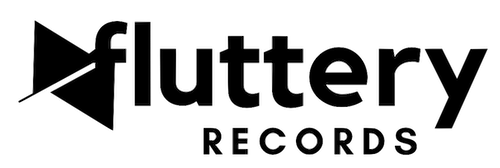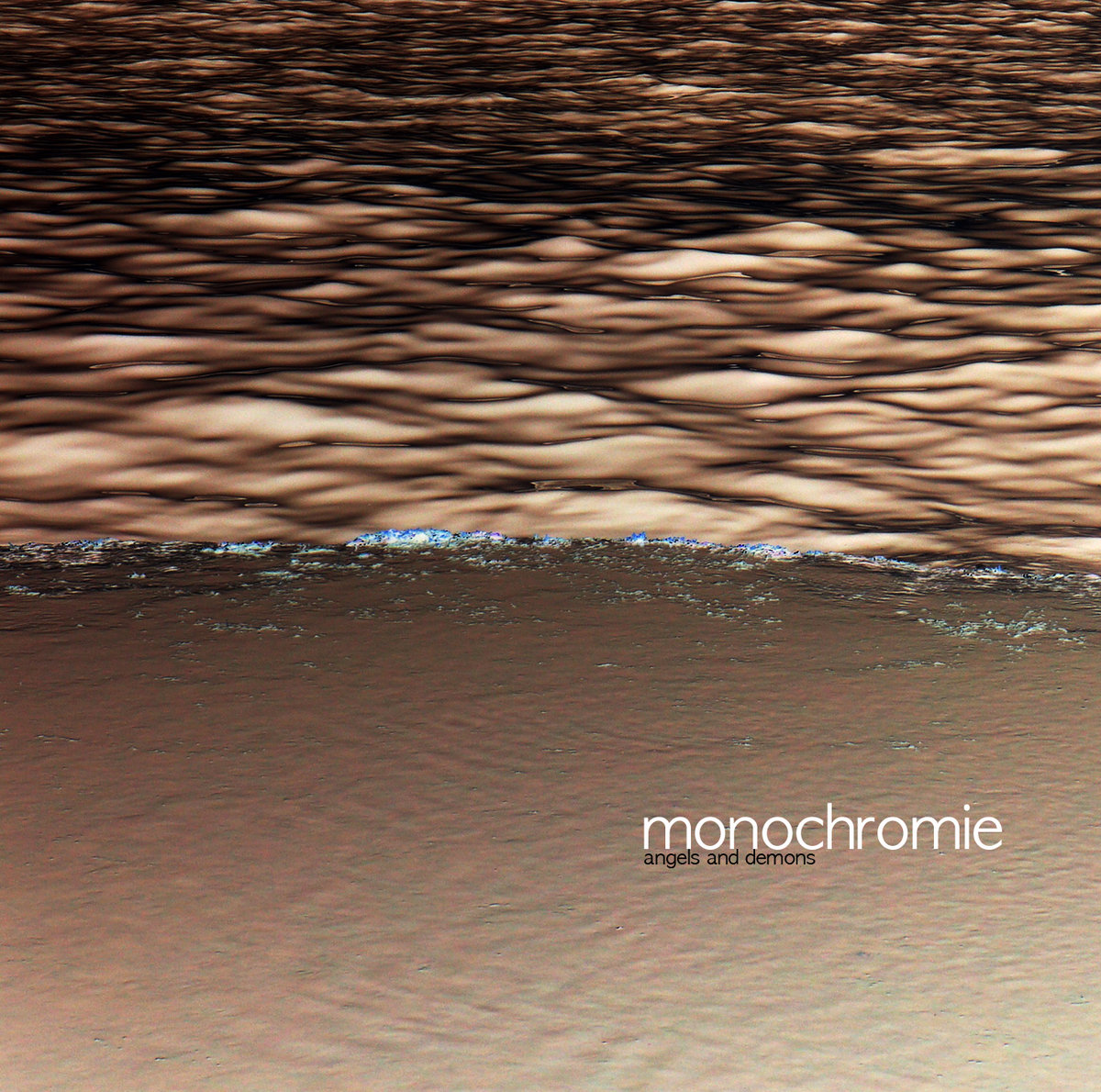
LISTEN
Track List
1 - Skylines
2 - A Sunny Afternoon
3 - Erosion
4 - Sniezny Krajobraz
5 - White Storm
6 - Frozen Sea
7 - Untitled (Snow)
8 - Undefined Field
9 - Ataraxie
10 - #1
11 - Echos
12 - Antennas
13 - Gorace Zarzewie
Monochromie - Angels and Demons
"Angels and Demons" is Monochromie's debut album. Built from piano melodies, tinged with synthetic textures and industrial sounds, his music shines and darkens into one single movement. Along with 13 songs on the album, we travel between heaven and earth, light and gravity, among angels and demons which inhabit our worlds and Monochromie’s music.
Sigur Ros, Pan American, Explosion in the Sky, Godspeed You Black Emperor, Thee Silver Mt Zion, Brian Eno, Ryuichi Sakamoto and Alva Noto or Frederic Chopin, Erik Sati and the sonatas or impromptus of Franz Schubert are among the many influences of the artist.
In a constant round trip between a soothing breath and a noisy storm, Monochromie’s music plays with our deep emotions and produces the new colors in the palette already rich and contrasted of Fluttery Records artists.
REVIEWS
Sound Colour Vibration / Erik Otis
What makes Angels and Demons a really different album than anything else coming out right now is the consistency of different worlds sitting boldly and perfectly together and exactly how they relate to one another. The piano work is classical in direction and the field of electronics gives the piano harmonies a very different aura. When analyzing classical forms of music, I have always envisioned this type of bridge being created where modern musings into sound collages can sit side by side with chamber influenced composition work. Fields of lush soundscapes create a euphoria inside of Angels and Demons, leaving the possibilities of sound to the imagination and not just what comes into the speakers. Music this colorful and open to interpretation elevates my senses in the widest spaces possible. This elevation puts me into a really relaxed and calm state, allowing myself to enter the music in a completely unabridged way. One of the stand out pieces for me is the track “Erosion”. With a faint trace of electronic percussion, the mix becomes saturated into a field of mutated static and beautiful melodies. It’s a sound that makes me feel a deep sense of inner peace and it’s an impact upon initial listening that has stuck in my mind since the moment I made contact. The layers that swell up and encircle the music is breath taking and it’s the type of direction in composition that I absolutely love about modern music. I have really been enjoying a lot of ambient music coming out this year and Angels and Demons from Monochromie is a new direction in this field of music. If you love records that are minimal in design, highly colorful and drifts into unusual sheets of landscapes that unfold in the most intricate forms, you have to hear this record.
MRU / Vanessa Baker
The calming melodies are kept fresh with synthetic textures and industrial sounds that invigorate the music’s pace, adding energy just when listeners have been eased into the soothing world of Monochromie. “Gorace Zarzewie,” Polish for “Hot Embers,” is the album’s final track, and provides the only vocals, hauntingly beautiful and spoken, rather than sung, by a woman. The piece returns the listener to the same angelic place the album began, but changed. For his foray into the musical world, Monochromie’s efforts are mature and strong. Angels and Demons brings the listener on a pleasant and varied ride, communicating its theme confidently and without words. The sounds speak for themselves, simultaneously capturing the ears and emotions of listeners, and not letting go.
A Closer Listen / John Kantos
It doesn’t happen often that we hear an album we have a hard time categorizing, but that is what happened when listening to the debut album of Wilson Trouve aka Monochromie. The album’s artwork immediately immerses us into a world of dark horizons, unusual images and the strangest color formations. Trouve creates soundtracks to these almost surrealistic images, soundtracks that encompass a variety of emotions and sound experiments. The album’s musical style drifts from ambient electronic to melodic piano pieces, and from there to shoegazing static and distortion. Monochromie seems to follow certain paths, at times more minimal, at others more cinematic, but he often deviates from each path, mixing different elements, producing a sound that is rough and abstract, tense and dreamlike at the same time. Being a visual artist perhaps has enabled Trouve to notice the subtleties in each sound and how they can be combined to accompany images and stories, or create their own. He also cites a number of post-rock bands (as we used to call them) such as Explosions in the Sky or Sigur Ros as influences, and since his sound doesn’t bear many similarities to that of the aforementioned artists, it is safe to say that what he drew from their music is the ability to paint emotional soundscapes in a way that is very personal. As we continue listening, Angels and Demons becomes hypnotic, yet has the familiarity of a story we used to be told as children. This could be why Trouve chose to close the album with “Gorace Zarzewie”, the only track with vocals (in Polish), which delivers images of an enchanted, pristine forest and has to be considered one of the album’s highlights, along with the ambient electronica of “Erosion.” What it does best however is point out what Monochromie excels at: making music that is full of hope and fear, vivid colors and darkness, feels like a dream, but has the mundanity of life.
William Henry Prince
Sensual cycles and small cascades.There is a famous statement by French writer Andre Breton: “It all leads one to believe that a certain place exists in the mind where life and death, real and imaginary, past and future, the expressible and inexpressible, high and low cease to be perceived contradictorily”. ‘Monochromie – Angels and Demons’ isn’t a work of surrealism, but it does take you on a vacation to somewhere close. I had a great friend, Simon Carroll, a potter, who loved how glazes would often rivulet if applied too liberally. It was a wonder and a treasure for him. It was a small but beautiful part of the whole process of his expression. There was a predictable chaos to it – the glaze would river downwards, yes, but in a way that was always unique, depending on texture, surface and shape. It could hijack other substances, mix, change colour, even appear to disappear.
Throughout this album, there is subversion at work beneath the piano and light. It isn’t a darkness or violence, but the droning, fizzing synths introduce the idea of change, transience and uncertainty. Rather than unsettle, they give breadth to the sound and the experience. All the thirteen tracks are vastly enjoyable, offering trips through different landscapes and planes, allowing the listener to interpret, explore and create. The keyboards and pianos spike, cascade and flow in sensual little cycles. Though nowhere near the sparseness of Philip Glass or Erik Satie, there is a lot of room here, some nice quiet spaces.
Caleidoscoop / Jan Willem Broek
The Fluttery label is still amazing me. The combination of artists from around the world, the quality of the artists and the ever-widening range of musical styles. The common thread seems more and more melancholy of how the music goes, hard or soft, or even experimentally accessible. New on the label, the French artist Wilson Trouvé, who is showing his monochrome debut Angels And Demons. Monochromatic light is light of a wavelength or color. Also in art monochrome work is an onecolor work. That principle is what the music of Trouvé certainly typifies. The genres he crosses is true modern classic, neoclassic, glitch, ambient and post-rock, but he knows there is a consistent set of melancholy to create. So instead of the various styles to separate, he brings together music and let them breathe the same atmosphere. Monochrome diversity it would paradoxically be called. The 13 instrumental compositions present here, are often built around the polyphonic piano sounds, both evoke Erik Satie and Chopin as Ryuichi Sakamoto, Nils Frahm, Max Richter and Sylvain Chauveau. That he continued to fill with wave-like textures that are reminiscent of the Cocteau Twins, glitch in the manner of Fennesz and Alva Noto, postrock the mysterious realms of the old Sigur Rós, the ambient of Harold Budd and Brian Eno, the desolate beauty of Library Tapes, the gritty shoegaze of Bitcrush and intense orchestrations of Ólafur Arnalds. But precisely because he managed all these facets in a natural way to exist side by side, getting his music a distinctive monochromatic sound, which minimaler than the above examples. In the final track you hear even a certain Anna in Polish speaking through the music, which is a nice effect. An album with many ingredients, but a tender face shows. Depth, emotion splendor so beautiful and knows how to shine in Autumn.
Mescaline-Injection
Post-rock without rock, rock without guitars, so to speak. Maybe this is what Wilson Trouve from France presented with his solo project Monochromie. On his album Angels and Demons, he goes on a similar expedition as thousands of instrumental bands that this genre has produced in recent years. But "Angels and Demons" is more converted in the paths of experimental sound art. Part of the guitar (the rhythm comes from the heart, anyway) embodies here especially drones and swirling ambient surfaces. The piano excels with some beautiful melodies, accompanied by noise of gentle click'n'cut-tinkering that bring to the music on the one hand a high coefficient of tensions and high contrasts, on the other hand, there is sometimes sacred moments with devout synthesizers. The monumental size of generous fine details are really worth listening moments. "Angels and Demons" is a relaxing low-key album that invites you to linger melancholy, and it could be as much appreciated by post-rock friends than by fans of drones and electronic sounds.
Beach Sloth
Monochromie represents a natural evolution. It began with Max Richter's low-key modern classical Forays into. Leyland Kirby expanded this palette by placing a greater emphasis on the electronic. What is does Monochromie follow-up on Kirby's ideas and infuses them with Considerable amounts of distortion. At times the levels of distortion are nearly unbelievable. Many times this distortion veers into Pita's emphasis on making Mego or even more dramatic through classical volume controls.
The beginning of the album is deceptively calm. Monochromie lulls the listener with gentle piano on 'Skylines'. Things progress from there into territory considerably noisier. 'A Sunny Afternoon "is nearly giddy in its absolute hopefulness. It is a happy, bright, colorful piece. 'Erosion' is perhaps my favorite piece on the album. Here Monochromie details of the effects of the slow degradation of the basic loop. In a way this is similar to William Basinski's disintegration loops. Like William's work there is an almost romantic quality to the piece's slow demise. Layers upon layers of distortion and noise are thrown on top of the piano yet Continues to strive through the static. Another track 'Undefined Field' takes a similar approach in nature yet it is low key. Leyland Kirby is directly felt on 'Frozen Sea' which sounds directly inspired by him. The slow build and heavy electronic wheezes are reminiscent of Kirby's work.
'Angels and Demons' is a constant struggle between the classical and electronic elements. This pits the organic against the digital. Listening to the struggle between the two separate elements makes it infinitely interesting. Hope neither side ever wins.
Think Muzik
Citing Influences ranging from Explosions in the Sky to Frederic Chopin to Franz Schubert, Monochromie is well-versed in several styles of music, Including ambient, electronic, post-rock and even classical. This variety is well presented throughout the album. "Angels and Demons" relies on electronic ambient music played in tandem with heavily distorted spheres of live instruments to create melody, which is a tactic employ many post-rock bands. This album has no vocals. The music at times sounds uplifting and proud, and at others downtrodden and sad. These kinds of contrasts are present at every turn during this album. I can proudly give this album better marks than many of the other post-rock albums I have reviewed 'of late. This is on par with Hammock's new offering, and even better than Inner Trip and Home Never. I highly recommend this to fans of down tempo music and electronic music, as well as the average fan not experienced in the post-rock.
FLTTRY043
Release Date: September 03, 2012
© Fluttery Records


